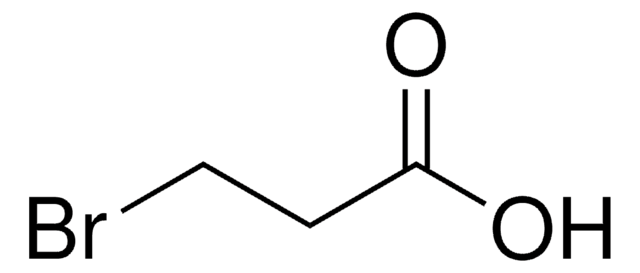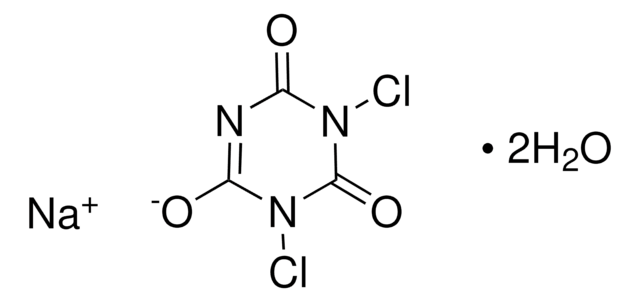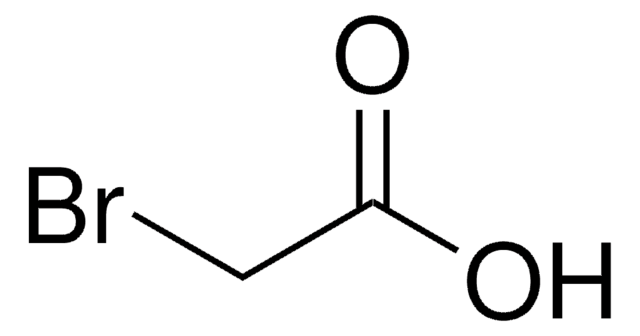204501
Ammonium sulfate
99.999% trace metals basis
Synonym(s):
Mascagnite
About This Item
Recommended Products
assay
99.999% trace metals basis
form
crystals and lumps
technique(s)
HPLC: suitable
impurities
≤15.0 ppm Trace Metal Analysis
pH
5.0-6 (25 °C, 132 g/L)
mp
>280 °C (dec.) (lit.)
solubility
acetone: insoluble(lit.)
ethanol: insoluble(lit.)
density
1.77 g/mL at 25 °C (lit.)
SMILES string
N.N.OS(O)(=O)=O
InChI
1S/2H3N.H2O4S/c;;1-5(2,3)4/h2*1H3;(H2,1,2,3,4)
InChI key
BFNBIHQBYMNNAN-UHFFFAOYSA-N
Looking for similar products? Visit Product Comparison Guide
General description
It can also be used to enhance the stability of perovskite solar cells. The incorporation of sulfate species minimizes chemical degradation at the perovskite/ETL interface. It is insoluble in acetone, alcohol and ether.
Application
- As a structure-directing agent (SDA) to prepare hexagonal WO3 nanorod thin films for high-performance energy storage devices. The addition of (NH4)2SO4 prevents agglomeration of crystals.
- As an electrolyte for aqueous ammonium dual-ion batteries and MnO2/carbon supercapacitors.
- As a blowing agent to prepare porous carbon structures for supercapacitors. These porous materials show high capacitance and long-term stability.
- To enhance the stability of perovskite solar cells. The incorporation of sulfate species minimizes chemical degradation at the perovskite/ETL interface.
Storage Class
11 - Combustible Solids
wgk_germany
WGK 1
flash_point_f
Not applicable
flash_point_c
Not applicable
ppe
Eyeshields, Gloves, type N95 (US)
Choose from one of the most recent versions:
Already Own This Product?
Find documentation for the products that you have recently purchased in the Document Library.
Customers Also Viewed
Our team of scientists has experience in all areas of research including Life Science, Material Science, Chemical Synthesis, Chromatography, Analytical and many others.
Contact Technical Service







